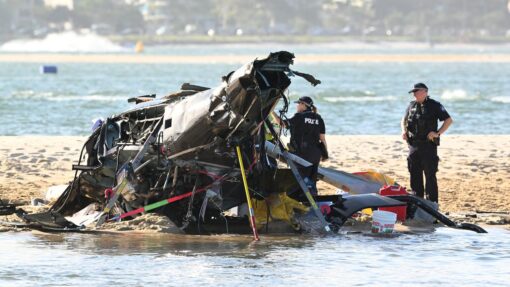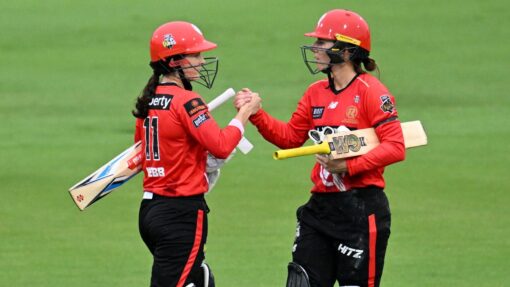NRL backs heat policy after playing through scorchers
Scott Bailey |
The NRL insists its heat policy goes far enough to protect players as round-three matches went ahead amid oppressive heat at the weekend.
Canterbury’s clash with Wests Tigers at Belmore Oval on Sunday was on the verge of being delayed, with conditions considered unsafe leading up to the kick-off.
A heat stress index reading 40 minutes before the start of play cleared the match to get underway, with players afforded drinks breaks and a longer halftime period.
Saturday’s match between Gold Coast and Melbourne also had similar measures implemented, with both games played in daylight hours.
Under NRL rules, medical staff take a reading of air temperature, globe temperature, humidity and wind speed before the match to measure heat stress.
A reading of 200 or more prompts heat protocols to come into play, while a figure of 250 or more is considered “black level” – a point where matches can be delayed.
Sunday’s conditions hovered in the black zone for parts of the afternoon before temperatures dropped to a safe level at Belmore.
That saved the NRL from making the call, which would have marked the first match delayed under the use of the heat stress index in the game’s history.
Still, Tigers coach Tim Sheens questioned afterwards if the match should have been delayed in the interest of player welfare.
Asked on Monday if the NRL’s benchmark was set too high, the league’s head of football Graham Annesley was adamant it did not need to be lowered.
“It’s been developed in cooperation with a professor of heat and health, and it’s been scientifically arrived at,” Annelsey said.
“It’s not just the NRL picking a figure.
“These are figures that were developed in consultation with scientific experts on the impact of heat on people.
“It’s not something we would be changing without expert advice.”
Annesley says the NRL will not hesitate to delay a match if the heat stress index fell in the black zone, even with commitments to free-to-air TV partnerm the Nine Network.
“Player safety would always come first,” Annesley said.
“It’s no different to some things we have experienced in the past. Lightening, venues where the lights have gone our and we had to delay a game.
“In extraordinary circumstances, extraordinary things happen.
“If we had to deal with circumstances where it was too hot to play, we would work with our broadcasters and we would all make it happen.”
A NSW Cup match, administered by the NSWRL, was played during the heat of the day on Sunday, with players given umbrella protection while sitting on the bench.
AAP


